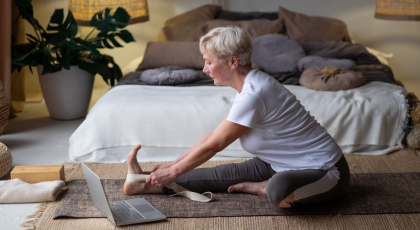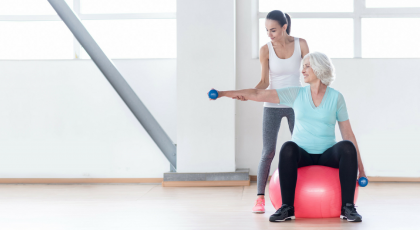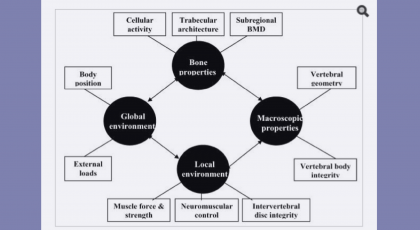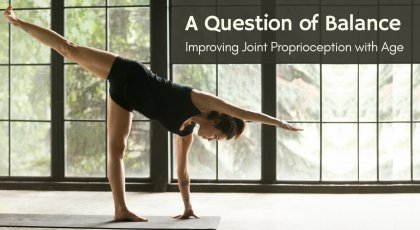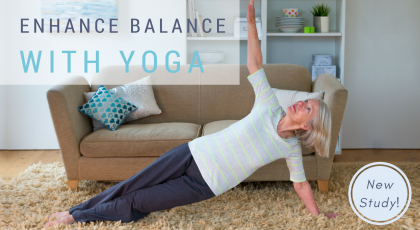View basket (0 items $0.00)
11 Tips for Teaching Yoga Students with Osteoporosis
Osteoporosis is a chronic disease that is characterized by porous, weakened bones. It usually presents as low bone mass (decrease in bone quantity) and deterioration of the microarchitecture of bones (decrease... Read moreExercise Lowers Fracture Risk as We Age
It is not uncommon for older people who are mainly sedentary to be somewhat apprehensive about starting an exercise routine. Their worries may include not having the strength or stamina to be able to complete... Read more4 Bone-Building Yoga Poses
As we age, it’s normal to lose some bone mass. But losing an excessive amount can lead to fractures of the hip and spine, loss of height, rounding of the upper back and limited mobility. Unfortunately, bone... Read moreFeatured Courses
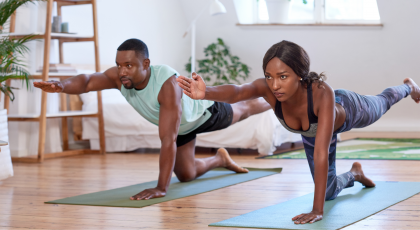
While millions of Americans suffer from pain in the low back and pelvis, many back and hip issues are actually the result of sacroiliac instability (SI), i.e. an imbalance in the sacroiliac joint, which often goes undiagnosed or is improperly treated. Alarmingly, yoga practitioners appear to...Read more

Hip openers are among the most satisfying and powerful yoga poses. They hold a tremendous potential for transformation; they can help us release deep-seated tension and trauma of the past, which many of us hold locked in the hip area. When practiced correctly, hip openers are a great way to soothe...Read more

Yoga is more popular than ever, but as yoga has become a household word, has it also become a mile wide and an inch deep? Are we missing out on the essence of yoga, even as the practice has become a household word? What can we do to capture the deepest aspects of yoga and integrate these into our...Read more
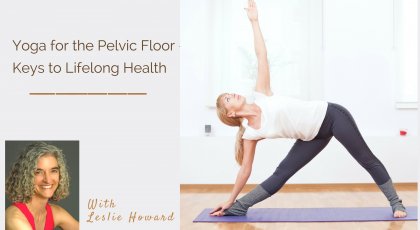
Most people know the importance of core strengthening for health and long-term well-being, but the pelvic floor is an important group of core muscles, which tend to get ignored. “The torso is like a tote bag for your organs,” says Leslie Howard, a Bay area yoga teacher who conducts workshops...Read more





